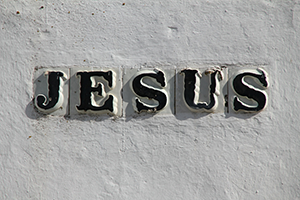Writer

We know that when Jesus taught, he used examples of common everyday things that the people of biblical times would recognize and could easily understand. He talked about such things as seeds, sheep, lost coins to make his spiritual lessons real to those he was teaching. Where do you think Jesus learned to teach like this?
We can see that in the Old Testament that God the Father did the same thing. Another common thing that people of this time understood was building and architecture. In Isaiah 28:16 we read, “So this is what the Sovereign LORD says: "See, I lay a stone in Zion, a tested stone, a precious cornerstone for a sure foundation; the one who relies on it will never be stricken with panic.
A cornerstone is a foundational stone. If the cornerstone were off, then the rest of the building’s structure would be off. This stone had to be carefully chosen, and not just any stone would do. The other stones would conform to this stone. If the cornerstone were removed, then the building would no longer be strong and would be in danger of collapsing.
The cornerstone that God laid was Jesus. He is our foundation. We can depend on him to hold us together. This is specifically talking about salvation. If we put our trust in Jesus as the cornerstone, then we don’t have to worry about what is to come.
This verse is quoted several other times throughout scripture. One of those times was in Acts 4 when Peter and John were arrested and brought before the Sanhedrin or the supreme court of the day. They were arrested for teaching, preaching and healing a lame man. The scripture says that Peter being filled with the Holy Spirit answered the court with these words, “It is by the name of Jesus Christ of Nazareth, whom you crucified but whom God raised from the dead, that this man stands before you healed. Jesus is ‘the stone you builders rejected, which has become the cornerstone.’ Salvation is found in no one else, for there is no other name under heaven given to mankind by which we must be saved.” (Acts 4:10-12) (NIV)
In choosing a cornerstone, builders reject many stones before they pick the one that is substantial and appropriate enough to be the cornerstone. But in the case of salvation, the cornerstone had been provided by God. Peter is reminding these religious leaders that they rejected Jesus when they had him crucified and that this Jesus they rejected was the true cornerstone of salvation. There was then or now no other way.
“For no one can lay any foundation other than the one already laid, which is Jesus Christ.” (1 Corinthians 3:11) (NIV)

|